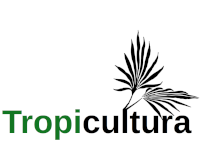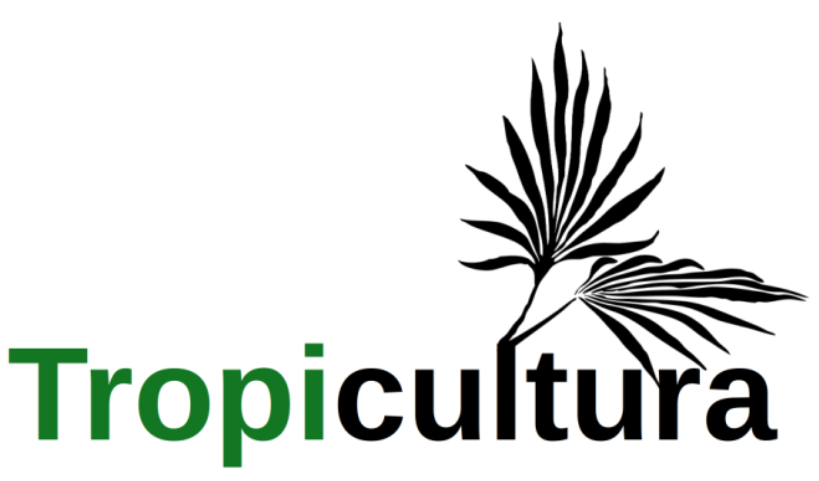- Home
- Volume 36 (2018)
- Numéro 1
- Contribution to the Identification of a Local and Available Food Source for Sustainable Production of Nile Tilapia (Oreochromis niloticus, Linnaeus, 1758) in the Democratic Republic of Congo
View(s): 1308 (2 ULiège)
Download(s): 92 (7 ULiège)
Contribution to the Identification of a Local and Available Food Source for Sustainable Production of Nile Tilapia (Oreochromis niloticus, Linnaeus, 1758) in the Democratic Republic of Congo

Attached document(s)
original pdf fileRésumé
Contribution à l’identification d’un aliment local et disponible pour une production durable du tilapia du Nil (Oreochromis niloticus, Linnaeus, 1758) en République Démocratique du Congo.
Cette étude a été conduite en parallèle à des recherches menées en République Démocratique du Congo avec l'objectif d’évaluer les performances de croissance du tilapia du Nil et les coûts de production d'un aliment produit à partir de sources de protéines végétales locales et de les comparer à ceux obtenus avec un aliment commercial optimisé. Quatre-vingt-dix tilapias juvéniles monosexes mâles de Oreochromis niloticus (poids moyen 17,3 ± 0,2 g; longueur moyenne 9,6 ± 0,1 cm) ont été élevés dans 9 aquariums en recirculation d’eau fermée et distribués de manière aléatoire. Trois rations ont été testées en triplicata: 1) la ration Rcongo, principal aliment test formulé à partir d’ingrédients locaux en RD Congo; 2) Rcanada, aliment de même formulation que Rcongo mais dont les ingrédients ont été acquis au Canada; et 3) Rcommercial moulée commerciale et aliment témoin. L’étude de digestibilité des aliments et les analyses biochimiques des échantillons ont été réalisées. Les effets des rations et de la période d’élevage ont été évalués sur les performances zootechniques (biomasse, coefficient K, gain de poids (GP), efficacité alimentaire (EA), taux de consommation alimentaire (TCA), taux de croissance spécifique (TCS), coefficient de l’efficacité protéique (CEP), coefficient de digestibilité apparente (CDA) et sur le flux des nutriments et la composition biochimique des poissons. Au terme de 4 semaines d’essai, les poissons ont réalisé des gains de poids de 52% (17,2 ± 0,4 à 26,2 ± 2,6 g) pour la ration Rcongo, 59% (17,4 ± 0,1 à 27,6 ± 3,2 g) pour la ration Rcanada et 153 % (17,3 ± 0,2 à 43,8 ± 2,0 g) pour la ration Rcommercial. L’analyse du rapport coût/bénéfice a indiqué que la ration Rcongo a été économiquement meilleure, car elle a permis une réduction de 36% du coût de production par rapport à Rcommercial.
Abstract
This experiment was conducted in parallel with work in the Democratic Republic of the Congo with the objective to evaluate the growth performance and production costs of Nile tilapia fed diets formulated using local plant protein sources, and to compare them to those obtained with an optimized commercial fish feed. Ninety monosex male tilapia juveniles (Oreochromis niloticus; mean weight 17.3 ± 0.2 g; mean length 9.6 ± 0.1 cm) were reared in 9 acrylic aquaria supplied by closed water recirculation system. Three diets were tested in triplicate: 1) Rcongo, the test diet formulated by using local feed ingredients collected in the DR-Congo; 2) Rcanada, the diet formulated with the same ingredient composition as the first one, but sourced in Canada; and 3) Rcommercial, a fishmeal-based commercial control diet. In vivo feed digestibility and biochemical analysis of samples were carried out. The effects of diet and rearing time were measured on fish performance, including fish biomass, K coefficient, weight gain (WG), feed efficiency (FE), feed conversion rate (FCR), specific growth rate (SGR), protein efficiency ratio (PER), apparent digestibility coefficient (ADC) and on nutrient budget and fish biochemical composition. After four weeks, the fish achieved weight gains of 52% for Rcongo diet (17.2 ± 0.4 to 26.2 ± 2.6 g), 59% for Rcanada diet (17.4 ± 0.1 to 27.6 ± 3.2 g) and 153% for the commercial diet (17.3 ± 0.2 to 43.8 ± 2.0 g). The cost-benefit analysis has indicated that the Rcongo diet was economically advantageous, reducing fish production cost up to 36% compared to commercial feed.







